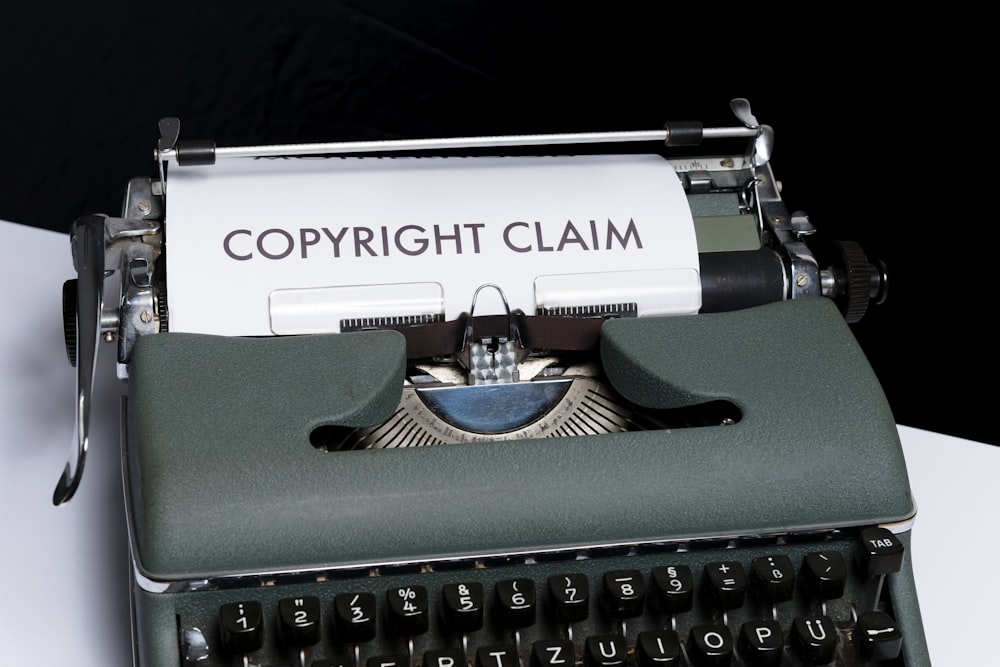Any artist who is thinking about using samples to create their songs needs to know their fair share about music copyright laws. It is especially important to understand how sampling music laws work. This is the only way to make sure you are following all the rules so your hard work can be cleared for distribution. If you want to learn more about sampling, you’ve come to right place. Through the article below you will get to understand everything there is to know about it.
What does sampling mean?
In the music industry, sampling defines the use of pre-existent songs inside a new composition. Many people wrongly think samples are only about using the same melody or a similar beat. But that is not the case. Sampling music can mean using a similar rhythm, speech, sounds or lyrics. Some artists will even use entire audio clips from the original recording in their music. So, if a sample can be made up of different elements, one question remains: is there a limit for sampling? The answer here can be a little tricky. The fine line between using a sample, doing a cover and straight up plagiarism depends on a couple of factors. In other words, there is a specific way for how to cover a song legally and how to sample music legally. First, we have intent. Whenever a sample is used in a new composition, it should be very clear to the listeners through proper accreditation. Even inside new music, that portion sampled still belongs to its original composers and publisher. But if there’s new stuff in it, the copyrights belong to whoever created it. A cover, on the other hand, is about doing a new version of an old song. Whoever is singing it live needs a public performance license. But if you decide to go on without proper clearance or licensing, then it can be considered a copyright infringement.Sampling music laws
When it comes to sampling music laws, it’s very important to understand how everything works so not to cross any lines. We all know that the legislation regarding copyright protection can make it challenging for upcoming artists. First of all, musicians need to understand that music is automatically copyrighted in the US from the get-go. You will always need permission to use someone else’s work in your music, even if it’s a tiny fraction of it. Doing so without proper licensing can be interpreted as plagiarism, which often leads to legal repercussions. Unlike music licensing for cover distribution, sampling licenses are not compulsory. What that means is that a copyright holder doesn’t have an obligation to grant permission. So, the original rightsholder can set the terms for clearing a sample as they see fit.How to get clearance to use samples
Before heading to the studio to record your new track with that sample you’ve been obsessed about, hold on a second. As we have mentioned before, it’s important to get the proper permission with the original composer. Without it, you will be having problems with distribution and may even have to face legal actions. There are basically two different types of permissions you will need to legally use a sample. First, we have the license for the usage of the master recording. This one applies to cases in which the artist plans on inserting the original song in the new track. Labels often own the masters. Whatever is the case, you will also need a license for using the underlying composition. That stretch of copyrights belongs to the publisher. For independent artists, they are often their own publisher.Consequences of sampling without permission
 Sampling is a fun way to create music, but it needs to be done properly. And one thing needs to be clear here: you can never use samples in your songs without permission.
If you fail to obtain clearance but decide to go through with sampling anyway, it can end badly. The rightsholder can sue for money damages and block your song from distribution. The result here is a lot of hard work going to the trash and a big hit on your reputation as an artist.fi
But not all sampling is subject to copyright claims according to the American legislation. Fair use rules that it’s completely legal to use a small portion of a copyrighted work as long as you do it for educational purposes, commentary, parody or to criticize it.
Sampling is a fun way to create music, but it needs to be done properly. And one thing needs to be clear here: you can never use samples in your songs without permission.
If you fail to obtain clearance but decide to go through with sampling anyway, it can end badly. The rightsholder can sue for money damages and block your song from distribution. The result here is a lot of hard work going to the trash and a big hit on your reputation as an artist.fi
But not all sampling is subject to copyright claims according to the American legislation. Fair use rules that it’s completely legal to use a small portion of a copyrighted work as long as you do it for educational purposes, commentary, parody or to criticize it.

